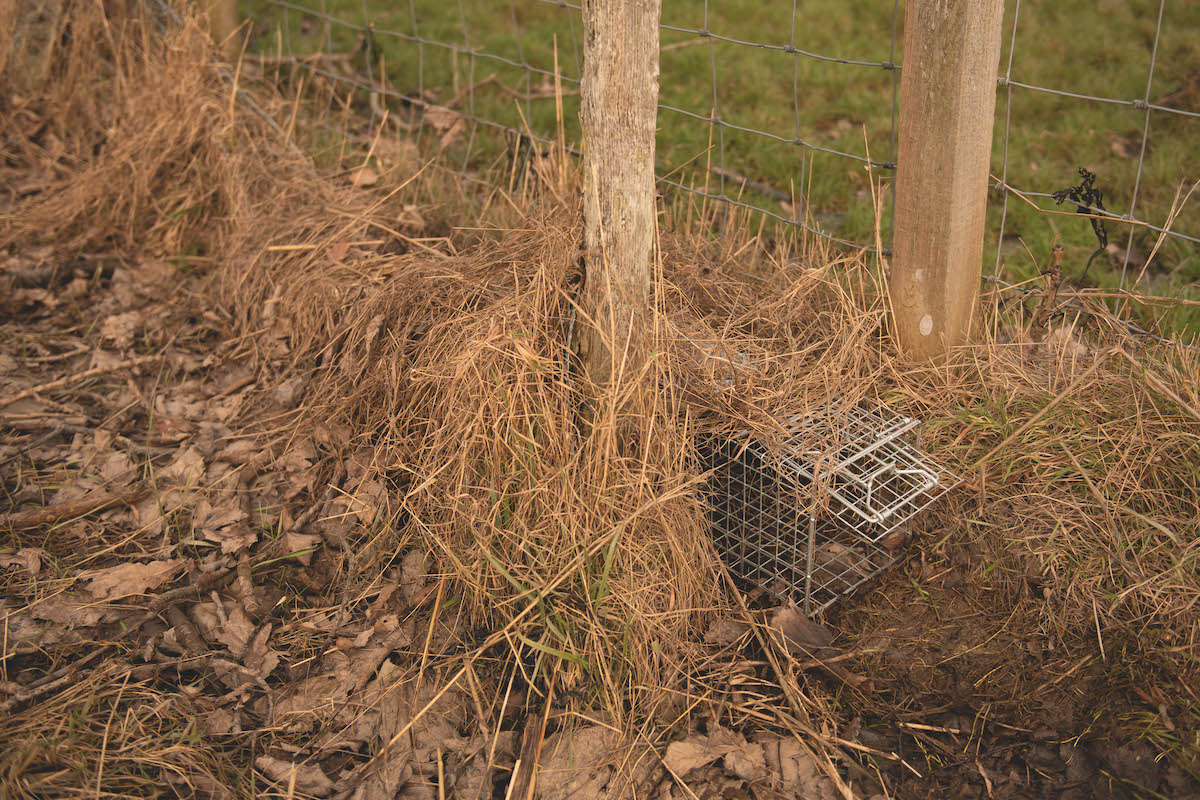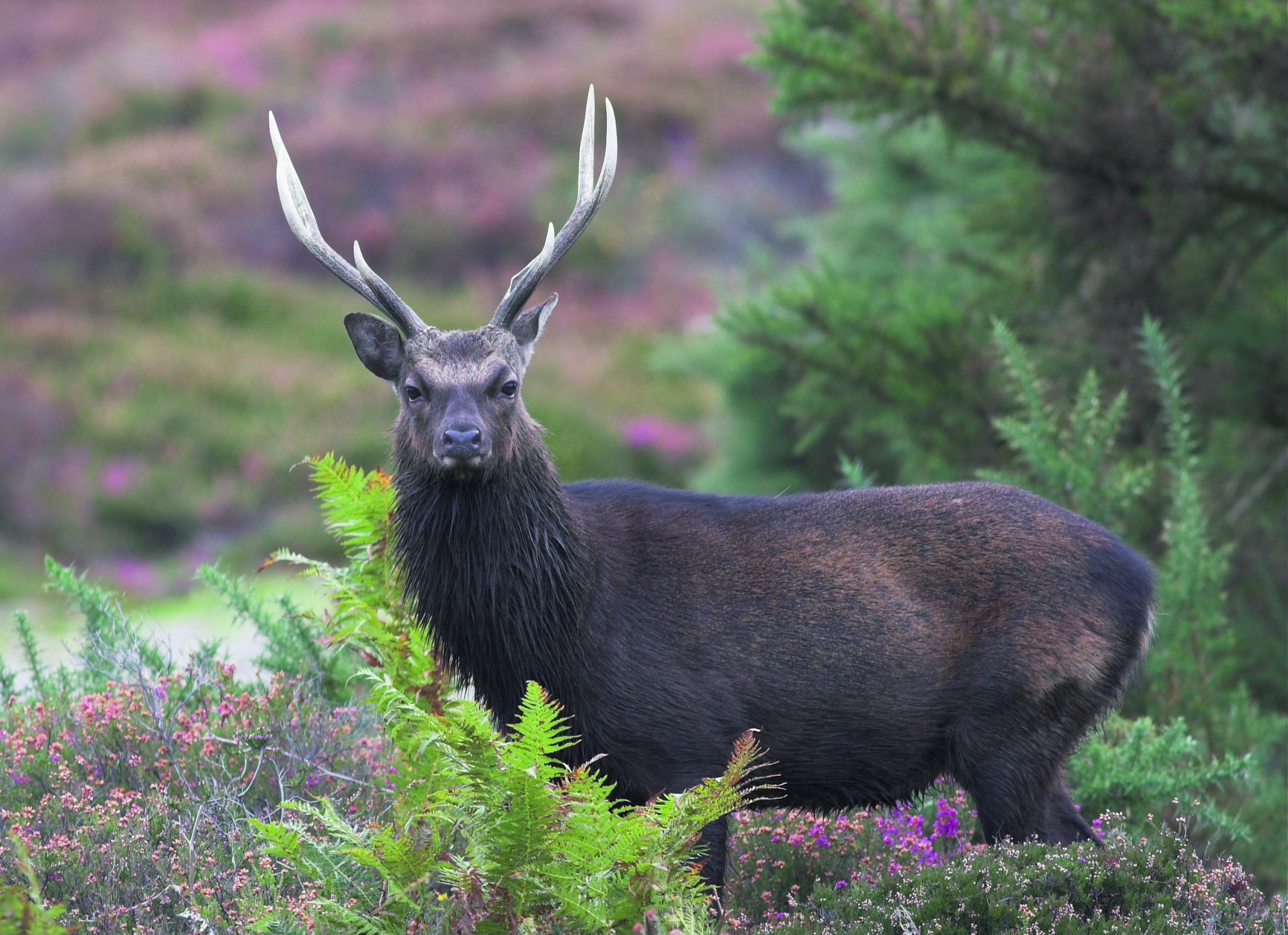Legislation
News
Trapping mink – some key advice
Would you like to speak to our readers? We offer sponsored articles and advertising to put you in front of our audience. Find out more. The trap in position, covered from view with luck and the correct bait it will not be long before it's successful
The trap in position, covered from view with luck and the correct bait it will not be long before it's successful
Trapping mink issues
Q: There are mink on the stream at the bottom of my garden. We have had cage traps out for nearly a month and still haven’t caught any. Do you have any tips or advice you could share?
A: Mink are quite brave and rarely trap-shy. My guess is that the traps are relatively new and that it might take another week or so for them to blend in and ‘weather’, and lose their shine.
Make a wooden tunnel big enough to house the trap, but not so large that the mink have room to squeeze between the cage trap and the tunnel wall. Place it adjacent to the stream and peg or weight it down. Mink are quite powerful and can easily tip an unsecured tunnel or cage trap over onto its side. (Read the laws on trapping here.)
Attracting the mink
Use cheap fish-flavoured cat food as an attractant, and put it in a small hole underneath the trap. Place the trap over the hole, with the treadle plate covering the bait-filled hole. The mink you catch can either be bolted into a bag, worked into a corner and despatched with a priest or worked into the corner of the trap and shot with an air pistol at close range.
Why we need to control mink
Mike Swan of the GWCT says: “When we think about mink control, we tend to think about water vole conservation, but there are lots of other reasons. Most predators will ‘surplus kill’ given abundant prey, but mink are particularly strong on this, hence the mayhem if one gets among your newly released poults in their pen. Similarly, one visit to a nesting gull or tern colony on a little island is all that it takes to destroy the lot. They will also kill nesting ducks and waders, spawning trout and other fish.”
Read all about the mink and why mink rafts are an effective form of control.
Related articles
News
PETA attacks royal couple for breeding cocker pups
The Prince and Princess of Wales have faced criticism from animal rights group PETA after they had a litter of puppies
By Time Well Spent
News
Farmers launch legal review against Reeves’s farm tax
Chancellor Rachel Reeves faces a judicial review over inheritance tax reforms that could force family farms out of business
By Time Well Spent
Manage Consent
To provide the best experiences, we use technologies like cookies to store and/or access device information. Consenting to these technologies will allow us to process data such as browsing behavior or unique IDs on this site. Not consenting or withdrawing consent, may adversely affect certain features and functions.
Functional Always active
The technical storage or access is strictly necessary for the legitimate purpose of enabling the use of a specific service explicitly requested by the subscriber or user, or for the sole purpose of carrying out the transmission of a communication over an electronic communications network.
Preferences
The technical storage or access is necessary for the legitimate purpose of storing preferences that are not requested by the subscriber or user.
Statistics
The technical storage or access that is used exclusively for statistical purposes.
The technical storage or access that is used exclusively for anonymous statistical purposes. Without a subpoena, voluntary compliance on the part of your Internet Service Provider, or additional records from a third party, information stored or retrieved for this purpose alone cannot usually be used to identify you.
Marketing
The technical storage or access is required to create user profiles to send advertising, or to track the user on a website or across several websites for similar marketing purposes.





